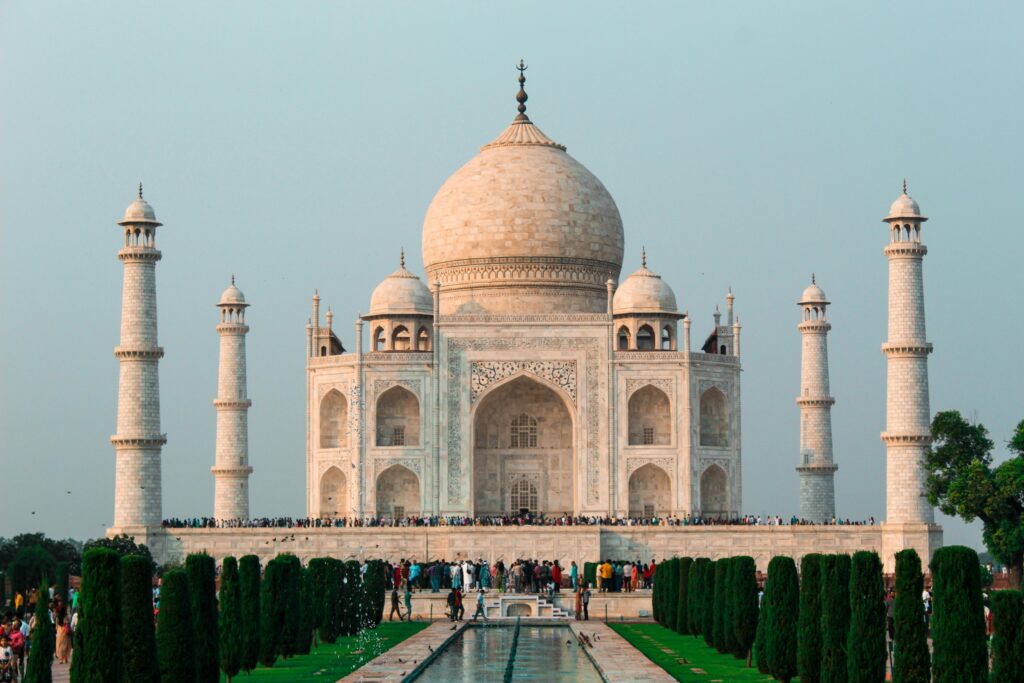
Role of Media in Shaping Public Opinion:
Influence, Power, and Responsibility A vital role in shaping opinion in the modern connected world is played by the media. Be it television, social media, newspapers, or online news media, all make people think, feel, and talk about it. Therefore, it became an important force that communicates a story, sets trends, and gives importance to things that influence their attitudes. But this power comes with a huge responsibility because mass media can also be spreaders of false information and stereotypical representations or even divisive ideologies. The role of mass media in forming public opinions is very important, especially because information spreads much faster today.
- Agenda-Setting and Framing
The two main ways mass media helps to influence public opinion are first by agenda-setting. Agenda-setting theory posits that the media does not communicate to citizens what they ought to think but what to think about. News institutions selectively choose issues to report, how often, and from what perspective to draw citizens’ attention and set a priority on selected issues as those of the public agenda. Take, for example, when elections are round the corner, reporting coverage on given issues like healthcare or immigration will emphasize in the populace what it values most so that these could be election priorities to which voters look forward most as the major issues that mattered most. Another related concept is framing, which refers to the way information is framed. Framing can influence public interpretation by playing up some aspects and downplaying others. Harvard Kennedy School research has shown that framing can make a big difference in perception. In a study on crime reporting, it was found that when news focused on individual cases rather than underlying social causes, viewers were likely to support punitive policies over preventive ones. This way, framing does not only influence public priorities but also opinion on policy and social attitudes.
- Social Media and Public Opinion
Social media has increased the impact of the media because it has ensured that information reaches millions of people in a matter of seconds. For instance, with Facebook, Twitter, and Instagram, news spreads out and is discussed widely, such that public opinion is mostly molded faster than through media. According to a study conducted by the Pew Research Center in 2021, over 50% of Americans get their news through social media, which in itself means that platforms aimed at socialization are now leading sources of information. But social media also has difficulties. Algorithms are designed around the type of content that produces engagement, for example, sensational or divisive to increase.
It has promoted the “echo chamber effect,” whereby most people were only exposed to views related to their own and even made their opinions more tenable and polarized for the public. Research has indicated that confirmation bias, which is the tendency of individuals to seek information that confirms their already held beliefs, which tends to be exaggerated through social media, is the reason behind the deep-rooted opinions and intolerance for the opposite side of the opinion.

- Role of Media in Crisis
In case of a natural disaster, pandemic, or political turmoil, the media plays a significant role in informing the people. Correct reporting during the pandemic led to public health responses during the pandemic. Misinformation created confusion and hesitancy. A study from The Lancet showed that the “infodemic” impacts public compliance with health guidelines directly. It not only influences public actions but, in a time of crisis, can contribute to critical health and safety consequences.
- Media in a Democratic Society
Media must be a “fourth estate” in providing information to the public with accuracy and fairness. Freedom of the press is achieved, but with power comes the responsibility not to sensationalize, verify facts, and fairly cover stories. Ethical journalism standards, as maintained by the Society of Professional Journalists, state such principles as truth, transparency, and accountability. However, commercial pressures, competition for viewership, and political biases sometimes skew how news is reported.

Conclusion
The impact of media on public opinion is huge, but along with this impact, the confluence of power and responsibility comes along. This ranges from agenda-setting to framing; from social media to the issue of misinformation, the role that media plays in shaping public opinion is highly complex and multifaceted. As news consumers, people must be more critical of the information presented and seek various sources. People must also be sensitive to bias. Media, if used responsibly, has the potential to inform, unite, and influence change in society. If misused, it can distort truths and divide people. Therefore, it is necessary to understand the role and impact of media in the formation of public opinion.


